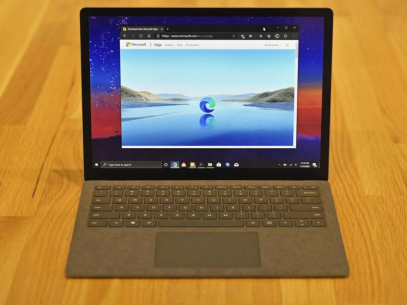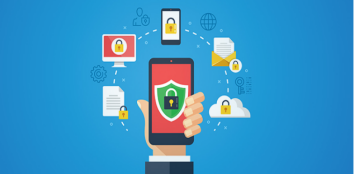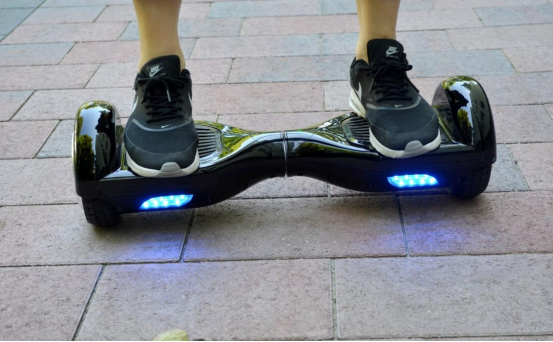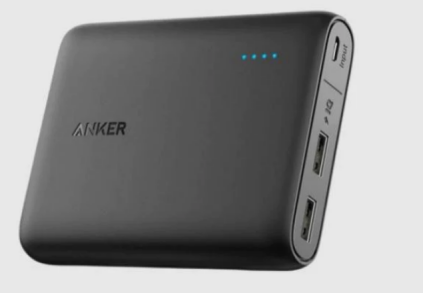Why Choose Solar Wireless Security for Remote Sites?
Remote installations confront distinct security difficulties. Traditional wired systems are expensive and unstable due to limited power availability, poor connections, and severe environmental conditions. Solar wireless security systems provide a dependable option by combining renewable energy and smart surveillance technologies. These systems run independently of the grid, making them perfect for construction sites, farms, oil fields, and other remote locations. They provide live monitoring and notifications without the need for a large infrastructure, thanks to wireless communication. Businesses and property owners benefit from solar-powered solutions by gaining peace of mind while saving money, being environmentally responsible, and providing continuous protection in areas where standard systems fail.
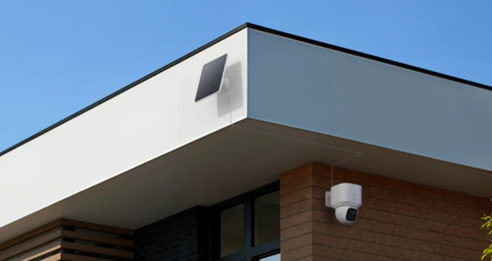
What Is Solar Wireless Security and How Does It Work?
Solar wireless security systems employ solar panels to power cameras and sensors, removing the need for an electrical connection. They often feature rechargeable batteries to store energy, allowing them to operate at all hours of the day and night, even on gloomy days. Wireless connection, typically via 4G LTE or Wi-Fi, enables cameras to send live footage and warnings to smartphones or monitoring centers. Motion detection systems record or send warnings when suspicious behavior happens, saving wasteful data usage. Many devices additionally support online storage or local SD cards for video backup. This combination of solar energy and wireless communication makes the system efficient, self-sufficient, and ideal for distant areas where electricity and internet connections are restricted or absent.
Why Choose Solar Wireless Security for Remote Sites?
Overcoming Power and Connectivity Challenges
Remote places sometimes lack reliable electrical or internet connections, making sites vulnerable to theft or damage. Solar wireless security systems overcome this limitation by producing their own electricity and connecting via wireless signals. Built-in batteries keep gadgets working during power interruptions or at night. Even when broadband is unavailable, cellular or satellite networks enable dependable data delivery. This freedom allows operators to install systems practically anywhere without the need for expensive infrastructure. These technologies ensure continuous monitoring in construction zones, agricultural areas, and important utilities. Solar security eliminates reliance on local power grids and wired networks, providing continuous protection when standard configurations fall short.
Cost Savings Compared to Traditional Security
Installing wired security systems in distant places sometimes necessitates trenching, cabling, and electrical setup, which may be quite costly. Solar wireless solutions reduce these expenses by using renewable energy to transmit data wirelessly. They are also portable, allowing owners to relocate them between locations without incurring additional installation expenditures. Businesses save considerably over time by having fewer maintenance requirements, reduced energy costs, and more flexible deployment options. These savings make solar wireless security particularly appealing for projects with limited funds or transient locations. It is a more cost-effective alternative than traditional monitoring systems because of its lower initial investment and continued energy independence.
Eco-Friendly and Sustainable Solution
Businesses and property owners are increasingly prioritizing sustainable practices, and solar wireless security fits nicely with these aspirations. The system's use of renewable solar energy decreases its reliance on fossil fuels and carbon emissions. Unlike typical arrangements, it does not require constant electricity from the grid, making it more ecologically friendly. The extended lifespan of solar panels and rechargeable batteries increases sustainability, while minimal wiring decreases material waste. For businesses looking to boost their green credentials, these solutions offer both security and a dedication to environmental responsibility. Choosing solar-powered security provides long-term environmental advantages while successfully safeguarding precious valuables.
What Features Should You Look For in a Solar Security System?
Camera Quality and Night Vision
High-quality cameras produce footage that is clear enough to distinguish persons, cars, and activities. Look for systems that support at least 1080p HD resolution, with some sophisticated versions offering 2K or 4K. Most invasions take place in low-light situations, hence night vision is vital. Infrared LEDs or full-color night vision technologies provide visibility even in complete darkness. A wider viewing angle allows you to cover more ground while avoiding blind spots. For distant areas, durability is also important, so look for weatherproof ratings. Choosing cameras with high picture quality and reliable night vision guarantees that security footage is relevant regardless of time or weather conditions.
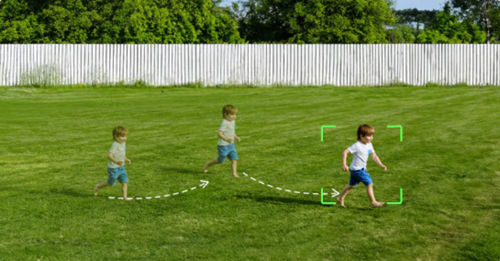
Motion Detection and Real-Time Alerts
Motion detection helps Solar Wireless Security Cameras stay efficient by only recording when activity occurs. Advanced solar wireless systems identify between humans, animals, and cars using PIR (passive infrared) sensors or AI-based motion detection, resulting in fewer false alerts. Real-time notifications delivered via mobile applications or email allow site administrators to respond rapidly to possible dangers. Some systems are equipped with loudspeakers or sirens to dissuade intruders immediately. The ability to get rapid notifications, evaluate recordings, and take action from any location improves ease and dependability. Motion detection combined with alarm systems guarantees that security is proactive, preventing crimes rather than documenting them after the fact.
Storage Options: Cloud vs Local
Storage possibilities are an important consideration when choosing a solar wireless security system. Although cloud storage provides scalability, automated backups, and remote access, it necessitates consistent membership fees and dependable connectivity. Although it may have a limited capacity, local storage—usually on SD cards or network video recorders, or NVRs—avoids ongoing costs and permits data to remain on-site. These days, a lot of systems provide hybrid solutions that let customers save important video locally and in the cloud. Redundancy is crucial for remote sites to avoid data loss during connectivity problems. Video management that is safe, affordable, and accessible is ensured by striking the correct balance between local and cloud storage.
How to Install and Maintain Solar Wireless Security Systems?
Step-by-Step Installation Guide
Installing a solar wireless security system is simple. Begin by selecting the best camera placements for optimum sunshine exposure and good lines of sight. Install the solar panels firmly and link them to the camera devices. Install the cameras on poles, walls, or tripods to provide stability and proper viewing angles. Insert SIM cards or use Wi-Fi to transmit data. Configure settings with the mobile app or online interface, then test motion detection and alarms. Finally, the video quality and connection are tested. Installation involves less time and effort because there is no intricate wiring required, making it suited for individuals with less technical skills.
Best Practices for Long-Term Maintenance
Regular maintenance is necessary to maintain the dependability of solar wireless security systems. To ensure effective energy capture, clean solar panels every few months to get rid of dust and dirt. Examine batteries and swap them out if performance starts to suffer. Look for debris or blockages on camera lenses that can compromise the sharpness of the images. Periodically check that alert and connection features are functioning correctly. Software upgrades should be installed to improve functionality and address vulnerabilities. Owners prolong the life of their systems and save downtime by conducting periodic checkups. In addition to saving money on maintenance, preventive care guarantees uninterrupted, year-round protection for remote locations.
Common Mistakes to Avoid
Many security vulnerabilities stem from inadequate implementation or negligence. Placing solar panels in shadowed places affects electricity efficiency, resulting in downtime. Incorrect camera angles might result in blind patches, leaving regions unmonitored. Overlooking battery health leads to unexpected system breakdowns. Another typical error is to rely on unreliable network connections, which can cause alarms to be delayed or recordings to be disrupted. Some users also ignore routine maintenance, believing that solar systems are completely self-sufficient. Ignoring firmware upgrades might expose vulnerabilities. By avoiding these errors, users can improve system dependability and security. Careful design, correct installation, and frequent tests ensure that solar wireless security performs reliably at remote locations.
Conclusion
Solar wireless security systems offer a practical, cost-effective, and environmentally responsible approach for securing remote locations. They address the issues of limited power and connection while lowering installation costs and environmental impact. With the correct features, such as high-quality cameras, night vision, intelligent motion detection, and flexible storage, these systems provide dependable monitoring in harsh environments. Proper installation and regular maintenance improve performance, resulting in long-term value. Whether guarding construction zones, agricultural fields, or isolated sites, solar-powered systems provide peace of mind and long-term safety. Choosing solar wireless security is a forward-thinking option that considers technology, cost-effectiveness, and environmental responsibility.


